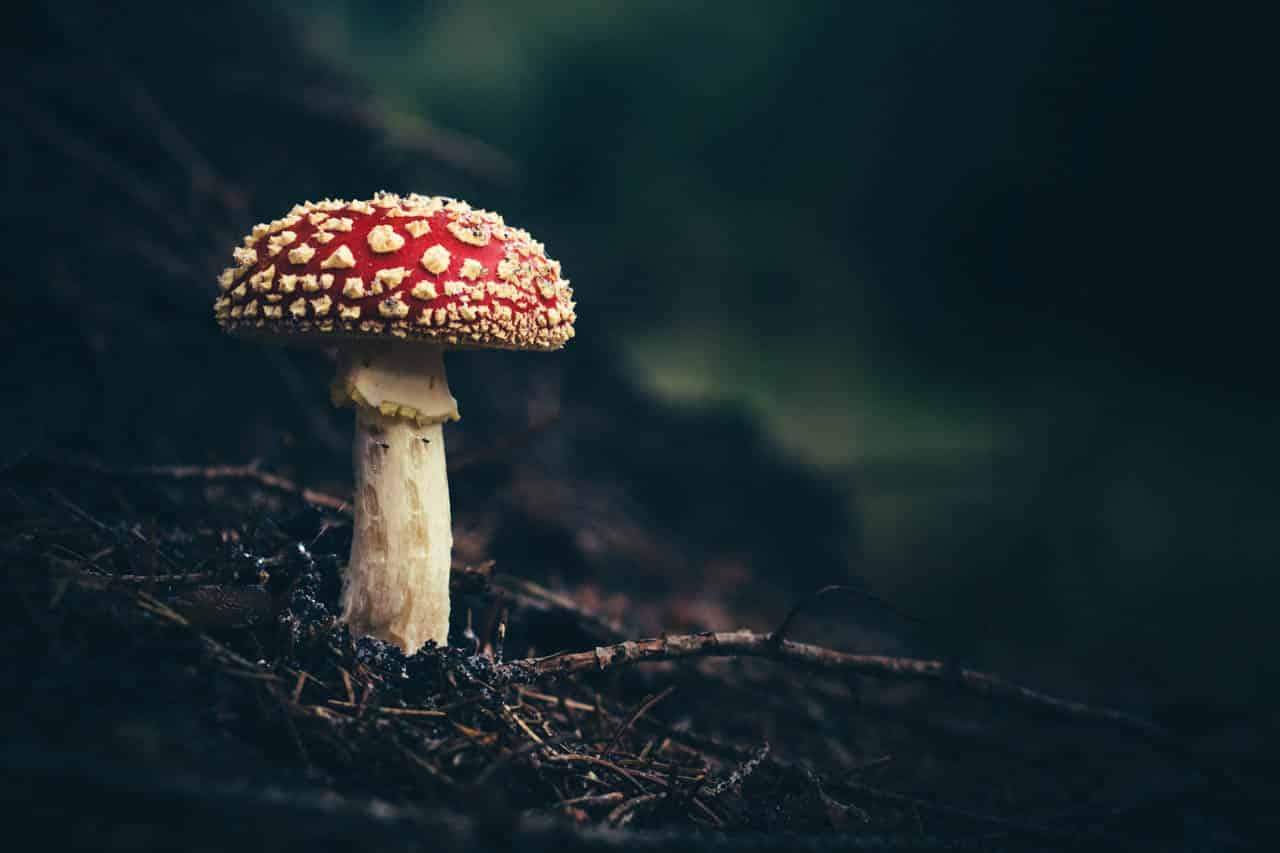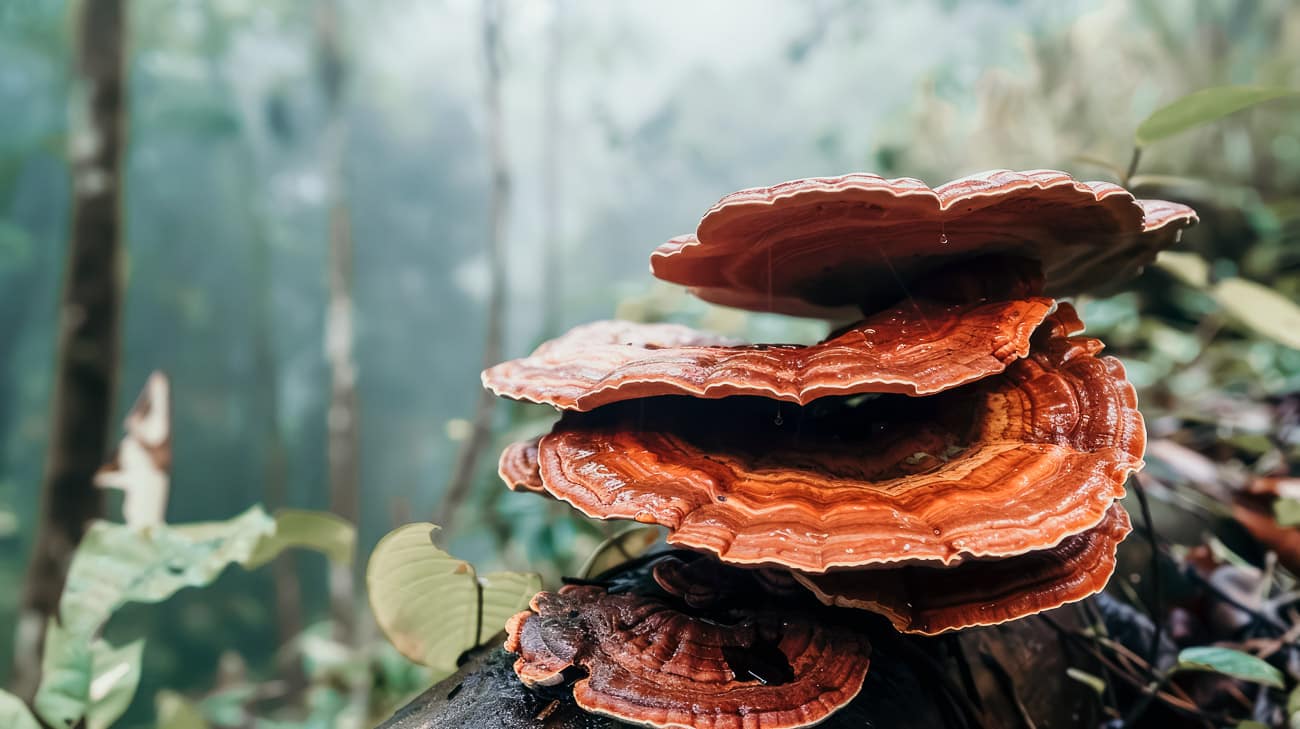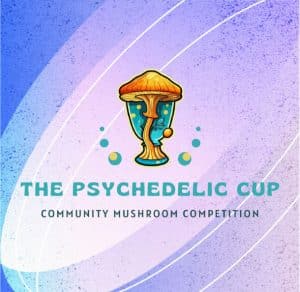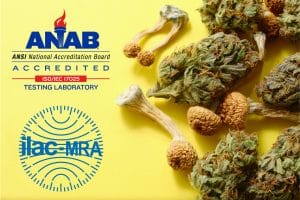Compounds found in Amanita muscaria
The renaissance of therapeutic use concerning psychedelic compounds has given rise to the necessity of analyzing compounds found in the mushroom species fly agaric or
Amanita muscaria. This species of mushroom contains various compounds which act on GABA receptors in the brain causing psychedelic effects. The two most common analytes when analyzing A. muscaria mushrooms are ibotenic acid (figure 1) and muscimol (figure 2). Ibotenic acid is a toxin found in A. muscaria while muscimol imitates GABA acting on the central nervous system and is the product of decarboxylating ibotenic acid.
These compounds and others found in A. muscaria illicit a unique difficulty when applying high performance liquid chromatography (HPLC) techniques because column retention is challenging using reverse phase columns (one of the most common applications of HPLC). To put it simply, these compounds are such that coelutions (overlapping peaks) can lead to misidentification and inaccurate results from available laboratories. In general, this can lead to greatly overestimating the concentrations of ibotenic acid or muscimol in a sample.

Concentrations of compounds in fruiting bodies
For reference, the average concentration of ibotenic acid in fresh A. muscaria caps was roughly 0.017% according to an article published by the Department of Environmental Medicine, Norwegian Institute of Public Health.
Another study published in the Journal of Chromatography performed in Japan found the average concentration of ibotenic acid in dried A. muscaria was 0.0863% and the average concentration of musicmol was 0.0516%. It is important to note that mushrooms contain large amounts of water which explains the difference in concentrations between fresh and dried samples.
However, results have been circulating indicating much higher amounts of both compounds in biomass which is suspect. Also notable, the latter study made use of derivatizing the analytes in tandem with mass spectrometry, which is one way to resolve resolutions issues. However, this can be costly and time-consuming, fortunately there is an easier way, but first we must discuss the drawbacks from reverse phase HPLC.
The perils of testing with HPLC
Seen below in figure 3 is a chromatogram using a standard reverse phase column in attempt to resolve and quantify ibotenic acid and muscimol. Zoom in to get a better look at the lack of separation.
The problem with trying to quantify these two analytes is multifaceted:
- First, the analytes are eluting before the injection peak. This is a problem because an analyst will not know if a positive hit is carry over from previous injections or the actual analyte(s).
- Secondly, the molecules are small and structurally similar so there is not resolution between the two peaks. This could affect the calibration curve and samples which contain both compounds or other compounds which are also structurally similar (muscazone, muscarine, etc.). In essence, carry over from previous runs and coelutions can lead to artificially high results or false positives.
Creating a better HPLC method
There is a solution to the issue above which is to make use of ion-exclusion chromatography. Figure 4 below shows an example of this analysis performed at our lab, Altitude Consulting.
The analysis above has more than enough resolution between the analytes and the calibration curves are extremely linear (R value > 0.995). Figures 5 and 6 below show the calibration curves for both analytes.
Having as close to a perfect linear curve (R value = 1) as possible, allows for results to reproducible, which in turn reduces measurement uncertainty.
Reference material considerations
Another consideration when analyzing for ibotenic acid or muscimol is the reference material used to quantify or calibrate instrumentation.
Up until recently, there were not certified reference material (CRM) standards available for these compounds. CRM standards are the second highest caliber standard available and go through rigorous verification measures through an accredited body.
Additionally, CRM standards provide one of the highest levels of accuracy and traceability. Other materials exist and are cheaper, however they are not verified to be the target analyte which poses a potentially massive problem.
Fortunately, our laboratory uses CRM material for the analysis of ibotenic acid and muscimol which can be seen in figure 4 above.
Real examples with real samples
Below in figure 7 is the chromatogram of an example sample with detectable amounts of muscimol, overlaid with our standard. The blue peaks in figure 7 are the standard and the red are the sample peaks.
However, we commonly receive samples that claim to be muscimol, but they often exhibit no peak at the musicmol CRM retention time. An example of this is shown below in figure 8.
Muscimol variants flooding the market
There are a few analogs of muscimol circulating which pose obvious problems for anyone purchasing or selling material. As such, it is vital that laboratories use appropriate methods and CRM standards when analyzing for ibotenic acid and muscimol. Without proper method development or standards, it is difficult to achieve reproducible and accurately quantified results.
Regardless of whether you distribute, consume, purchase, or extract A. muscaria products, always use a laboratory with competent methods to analyze your material. Ask for items such as chromatograms of standards, CRM certificates of analysis, calibration curves, and linearity.
With the examples and information above, you should be prepared to decide if a laboratory can accurately quantify ibotenic acid and muscimol.
- Michelot, Didier, and Leda Maria Melendez-Howell. “Amanita Muscaria: Chemistry, Biology, Toxicology, and Ethnomycology.” Mycological Research, vol. 107, no. 2, 1 Feb. 2003, pp. 131–146, https://doi.org/10.1017/S0953756203007305.
- Størmer, F. C., Koller, G. E., & Janak, K. (2004). Ibotenic acid in Amanita muscaria spores and caps. Mycologist, 18(3), 114–117. https://doi.org/10.1017/S0269915X04003039.
- Tsujikawa, K., Kuwayama, K., Miyaguchi, H., Kanamori, T., Iwata, Y., Inoue, H., Yoshida, T., & Kishi, T. (2007). Determination of muscimol and ibotenic acid in Amanita mushrooms by high-performance liquid chromatography and liquid chromatography-tandem mass spectrometry. Journal of Chromatography B, 852(1-2), 430–435. https://doi.org/10.1016/j.jchromb.2007.01.046.
- Kenji Tsujikawa et al. (2006) Analysis of hallucinogenic constituents in amanita mushrooms circulated in Japan, Forensic Science International. https://doi.org/10.1016/j.forsciint.2006.01.004.



